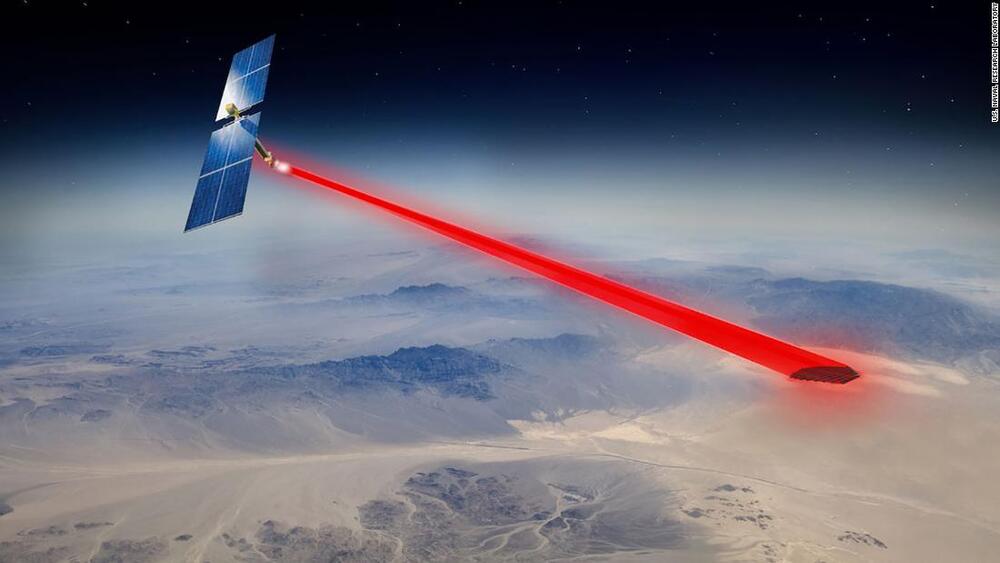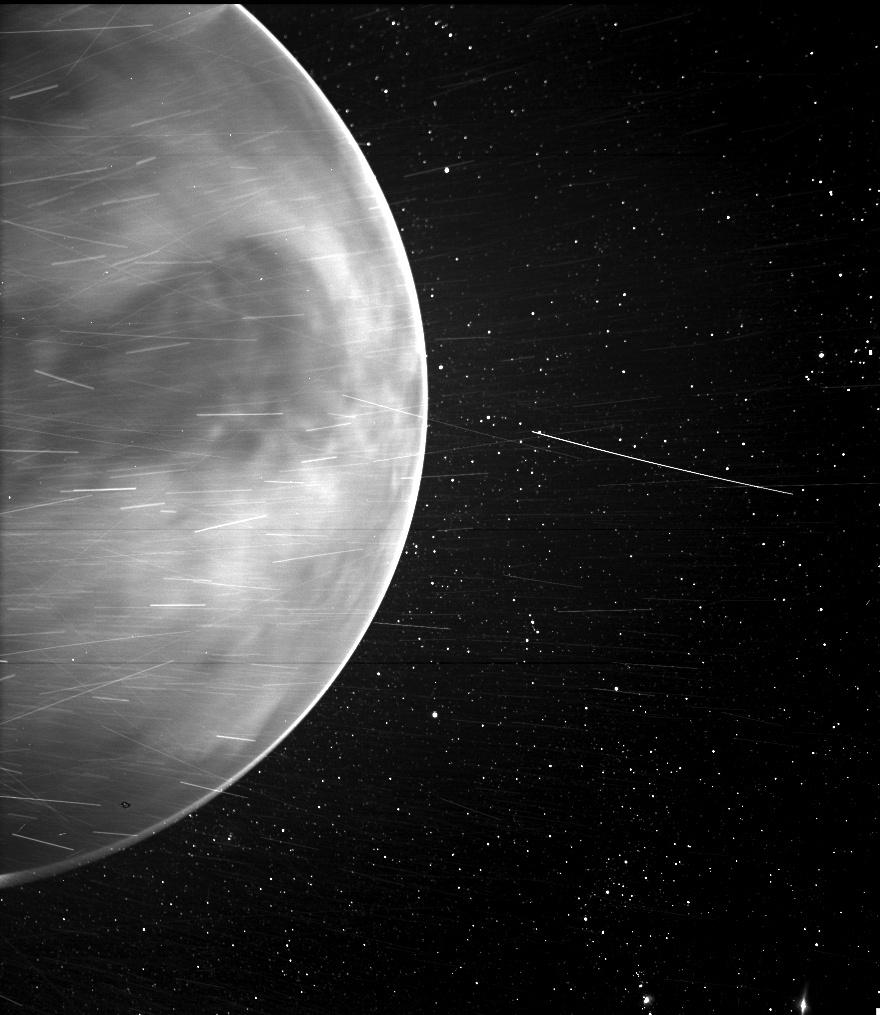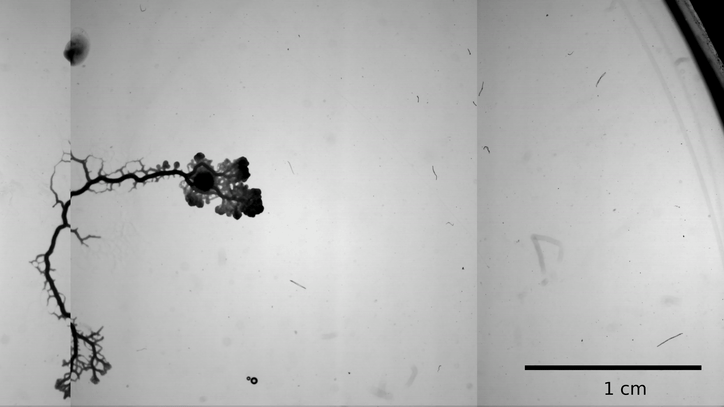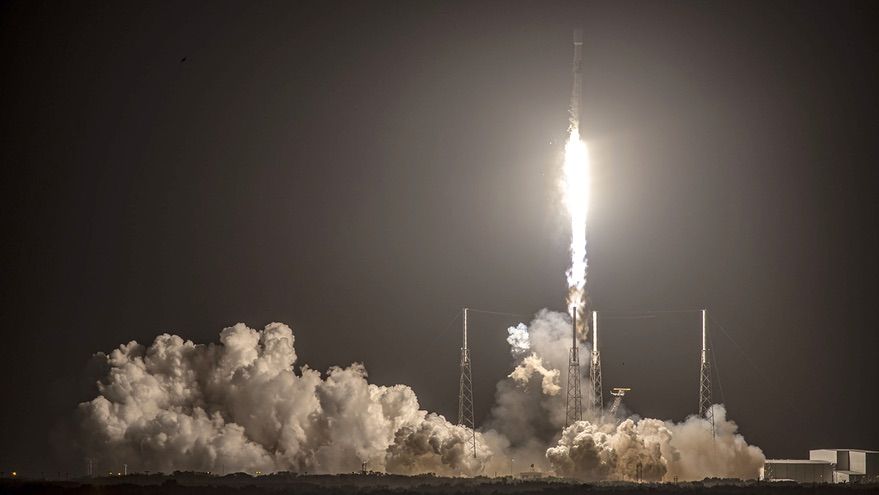People often complain about both the high cost of energy and the fact that “they don’t have time to exercise.” This invention certainly solves both problems.
Get the latest international news and world events from around the world.

CNN exclusive: A solar panel in space is collecting energy that could one day be beamed to anywhere on Earth
The unit has yet to actually send power directly back to Earth, but that technology has already been proven. If the project develops into huge kilometers-wide space solar antennae, it could beam microwaves that would then be converted into fuel-free electricity to any part of the planet at a moment’s notice.
Scientists working for the Pentagon have successfully tested a solar panel the size of a pizza box in space, designed as a prototype for a future system to send electricity from space back to any point on Earth.



‘Miracle poison’ for novel therapeutics
But the “miracle poison,” as it’s also known, has been approved by the F.D.A. to treat a suite of maladies like chronic migraines, uncontrolled blinking, and certain muscle spasms. And now, a team of researchers from Harvard University and the Broad Institute have, for the first time, proved they could rapidly evolve the toxin in the laboratory to target a variety of different proteins, creating a suite of bespoke, super-selective proteins called proteases with the potential to aid in neuroregeneration, regulate growth hormones, calm rampant inflammation, or dampen the life-threatening immune response called cytokine storm.
When people hear botulinum toxin, they often think one of two things: a cosmetic that makes frown lines disappear or a deadly poison.
First images from Perseverance’s Mastcam-Z
Mastcam-Z is one of the scientific instruments onboard NASA’s Perseverance rover. The two cameras create a multispectral, stereoscopic imaging instrument that can zoom in, focus, and take 3D pictures and video at high speed to allow detailed examination of distant objects.
Credit: NASA/JPL-Caltech/MSSS/ASU
Music: Mission to Mars by Audio Hertz courtesy of YouTube Audio Library.
Perseverance’s Mastcam-Z takes first 360-Degree Panorama (4K UHD)
Using 142 individual images taken by Perseverance’s Mastcam-Z on Sol 3, the third Martian day of the mission, 21 February 2021, NASA created a 360-degree panorama.
Credit: NASA/JPL-Caltech/ASU/MSSS
New Wearable Device Turns Your Body Into a Biological Battery
Researchers at CU Boulder have developed a new, low-cost wearable device that transforms the human body into a biological battery. The device, described in the journal Science Advances, is stretchy enough that you can wear it like a ring, a bracelet or any other accessory that touches your skin.

SpaceX blames failed Falcon 9 booster landing on heat damage
A Falcon 9 booster failed to land after a launch Feb. 15 because of “heat damage” it sustained, but SpaceX thinks boosters can be reused 10 or more times.
WASHINGTON — A Falcon 9 booster failed to land after its most recent launch Feb. 15 because of “heat damage” it sustained, but a SpaceX official said he was confident that the boosters can be reused 10 or more times.
During a session of the 47th Spaceport Summit Feb. 23, Hans Koenigsmann, senior adviser for build and flight reliability at SpaceX, said the failed landing during an otherwise successful launch of Starlink satellites remains under investigation.
